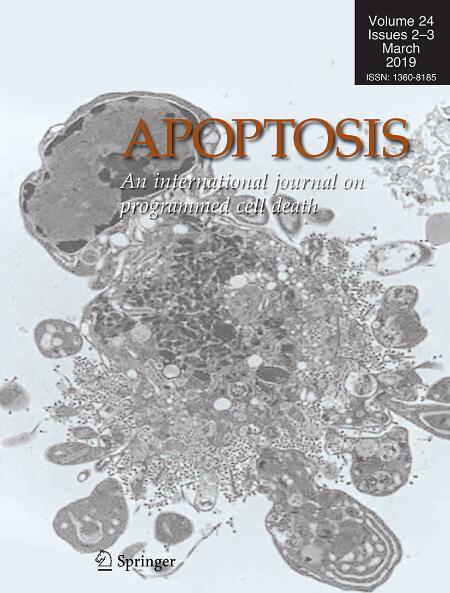Itaconate promotes mitophagy to inhibit neuronal ferroptosis after subarachnoid hemorrhage
Abstract
Subarachnoid hemorrhage (SAH), representing 5–10% of all stroke cases, is a cerebrovascular event associated with a high mortality rate and a challenging prognosis. The role of IRG1-regulated itaconate in bridging metabolism, inflammation, oxidative stress, and immune response is pivotal; however, its implications in the early brain injury following SAH remain elusive. The SAH nerve inflammation model was constructed by Hemin solution and BV2 cells. In vitro and in vivo SAH models were established by intravascular puncture and Hemin solution treatment of HT22 cells. To explore the relationship between IRG1 and neuroinflammation by interfering the expression of Irg1 in BV2 cells. By adding itaconate and its derivatives to explore the relationship between mitophagy and ferroptosis. IRG1 knockdown increased the expression of inflammatory factors and induced the transformation of microglia to pro-inflammatory phenotype after SAH; Itaconate and itaconate derivative 4-OI can reduce oxidative stress and lipid peroxidation level in neuron after SAH, and reduce EBI after SAH; IRG1/ itaconate promotes mitophagy through PINK1/Parkin signaling pathway to inhibit neuronal ferroptosis. IRG1 can improve nerve inflammation after SAH, M2 of microglia induced polarization. IRG1/ Itaconate participates in mitophagy through PINK1/Parkin to alleviate neuronal ferroptosis after SAH and play a neuroprotective role.
Graphical Abstract
Resting microglia are exposed to external stimuli, a subset of them will undergo polarization to the M2 phenotype. Within M2 microglia, the enzyme IRG1/ACOD1 facilitates the conversion of cis-aconitate to itaconate in the tricarboxylic acid cycle, which is subsequently secreted into the extracellular space. This itaconic acid is taken up by neurons and promotes mitochondrial autophagy, ultimately reducing oxidative stress and inhibiting neuronal ferroptosis. This graphic was created using the painting tool on the Biorender website. (Picture is drawn using biorender)

 求助内容:
求助内容: 应助结果提醒方式:
应助结果提醒方式:


